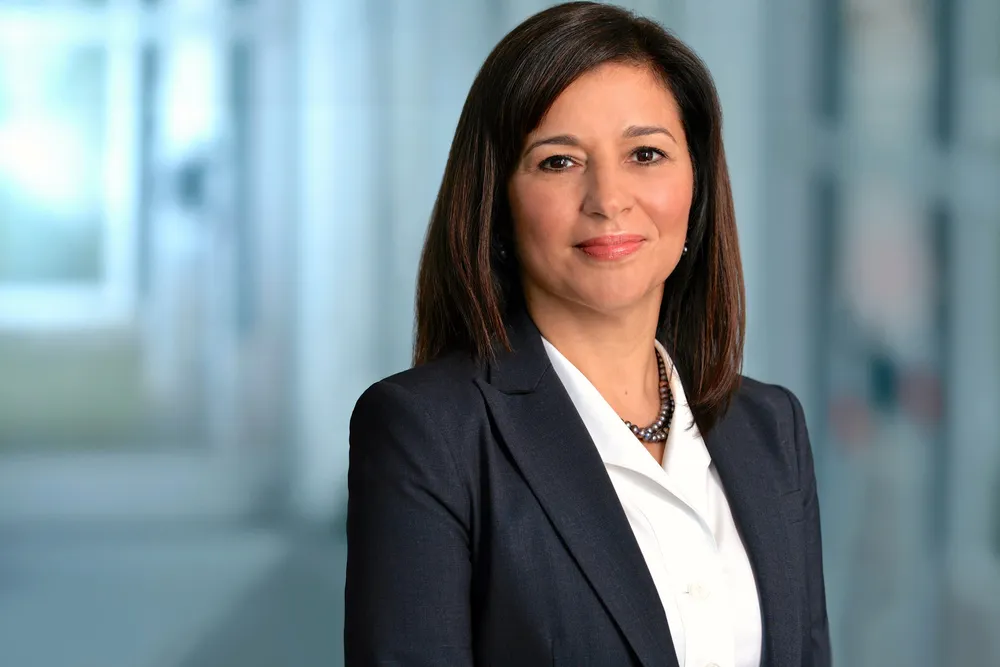Europe faces a €600bn power grids challenge by 2030 – here's how we can meet it
OPINION | Renewable energy targets can't be met without massive expansion of electricity networks, writes Maxine Ghavi

Wind and solar are fundamental to Europe’s energy transition. But will the transition happen fast enough to meet climate and energy security goals? Only if we have a fit-for-purpose power grid and the flexibility to handle increasing variable renewables and electrification.
To meet the EU’s goal of doubling wind capacity by 2030 and to reach climate-neutrality, each year will need 30GW of new wind farms added to the system. The grid must be able to handle this extra power, especially in areas where it is already stressed. This means new infrastructure must be built and existing infrastructure better utilised.
And while there are plans to address some of those challenges, they need to be implemented with urgency and at scale.
EU policies such as the Grid Action Plan highlight a commitment to upgrading the grid infrastructure, focusing on anticipatory investments, coordinated planning, and addressing supply chain challenges. In fact, Europe needs to invest approximately €600bn ($644bn) by 2030 to upgrade its power grids towards a more sustainable, flexible, and secure energy system.
What the industry needs is a collaborative and forward-looking approach, providing more certainty to invest in capacity and attract talent with the needed skills to advance a sustainable energy future for all. We have the technology today, and we know what the future power system looks like. The challenge is accelerating the work to bring it about. How do we do that?
We need to keep pushing the technological boundaries and collaborate with customers, partners, and key stakeholders from across the industry, the private and public sectors to co-create innovative solutions and business models. Nobody can do it alone, we all need to collaborate to make it happen.
To accelerate the energy transition at scale and with speed, it is important for all stakeholders to have visibility of project pipelines that enable the acceleration of supply chain deployment. This must come alongside global standards, policies, and cross-country planning.
Capacity reservation and framework agreements are just some ways of providing this certainty. Recently, we agreed on a framework agreement with TenneT worth around €13bn to supply several of our HVDC converter stations and other key infrastructure that will integrate renewables into the power grid.
Not only do we need to invest in capacity, but growing the renewable energy sector is all about people. At Hitachi Energy, we have hired over 8,000 people since 2020 and, we will be recruiting 2,000 over the next two years in Sweden alone.
We are seeing a rising demand for skilled workers to contribute to the clean energy transition. We need to train, recruit, and upskill a diverse range of employees all along the supply, delivery, and execution chain, from digital skills to manufacturing and installation – including the next generation of energy leaders. Grasping the enormous job opportunities will deliver lasting prosperity for Europe.
Next to investments in capacity and people, we must also address the increasing complexity driven by more variable renewables and increasing electrification as well as the new loads like electric mobility and data centers. This requires that we leverage sources of flexibility across supply and demand, storage and active grids and interconnectors – supported by digital technologies and power electronics.
Sustainable, flexible, and secure grids are key to powering Europe's renewable energy aspirations. With a greater focus on collaboration and partnership, we can meet our goals.
We now need to move from vision to action and implementation, working together to advance a sustainable energy future for all.